Free trade fuels business hopes
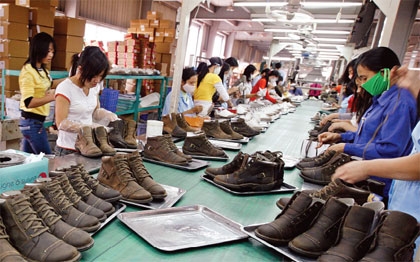
More Vietnamese exporters are starting to explore new markets
Domestically, the figures reveal macroeconomic chaos. Many local companies have filed for bankruptcy, more than 17,000 in 2012’s first quarter. The unemployment rate has surged, while economic growth is sluggish and is expected to be as low as 5 per cent this year. And lastly, domestic demand is still very weak, resulting in high inventory levels.
Vietnam’s exports in 2012 were affected due to its main export partners struggling with economic difficulties and hence their imports reduced sharply. In Europe, the debt crisis and Greece potentially leaving the Eurozone has impacted on confidence. The future of the Eurozone economies is uncertain. The US – the largest export partner of Vietnam – has overcome its recent financial crisis, but is still dealing with economic growth issues.
On the international market, Vietnam as a main trade partner in many traditional markets such as textiles, garments, footwear and seafood, has also been challenged from new competitors, including Indonesia, Sri Lanka, Bangladesh and India, as these economies enjoy preferential tariffs from the EU. Other economic difficulties that Vietnam may encounter will arise from the FTA with the EU, which is expected to be reached next year.
Trade opportunities on horizon
In the cloudy picture of the world economy, there is some light. While year-to-date exports reached 22.1 per cent year-on-year, year-to-date imports sat at only 4.4 per cent. The decline in exports from 23.0 per cent in March to 16.7 per cent year-on-year in April accounts for base effects. After the contraction of 19.2 per cent in March due to mainly the Tet effects, which are not seasonally adjusted, exports increased averagely 3.7 per cent month-on-month.
Though declining since 2011 due to the economic difficulties in traditional markets, exports have sustained their performances thanks to high commodity prices and relative strong demand from Japan and the US. It is forecasted that the export growth could reach 17.7 per cent this year when China’s economy gradually recovers and the economic growth of the US continues performing as expected.
Huynh Buu Quang, head of HSBC Vietnam commercial banking, said: “Although tough economic conditions globally and domestically will lead to slight declines for trade in Vietnam in the next five years, the HSBC forecast for the country’s trade growth up to the end of 2025 remains very healthy. This solid growth will be achieved by Vietnam integrating more closely with the Asia-Pacific supply chain. The real challenge for Vietnam’s enterprises now is weather the current economic storm by making the most of their human resources and innovation potential”.
According to a recent HSBC report, Vietnamese exports to countries including India, Brazil, Saudi Arabia and South Africa are forecast to grow. Exports to Slovakia, a key link in the consumer electronics supply chain, are also set for a rise. This shows the intention of Vietnamese exporters to look further to other traditional markets besides Japan, the US and Europe to exploit opportunities and avoid the current turbulence in the latter ones.
In terms of sectors, Vietnam’s fastest growing large export sector is forecasted to be printing and ancillary machinery, with annualised growth of 12.88 per cent over the next five years. The highly competitive clothing and footwear sector also continues to present opportunities with exports of footwear to the US forecast to grow an annualised 4.41 per cent to 2016. Imports to Vietnam will see an increase of shipments from China with major drivers being petroleum gas and knitwear. China is also stepping up imports of electrical equipment for fixed-line telephony, and inbound shipments for this sector are predicted to increase by 12.64 per cent a year to 2016 as Vietnam’s demand for information and communications technologies rises.
“It is also critical that Vietnam develops its emerging export corridors, such as that with Switzerland, which is currently the country’s fastest growing export destination with anticipated yearly growth of 13.65 per cent to 2016,” said Quang.
Help from international organisations
The significant slowdown in imports again suggests weak domestic demand. The government’s task now becomes a dilemma of how to sustain economic growth, as domestic demand declines. While implementing policies to stimulate the domestic purchasing power could take a couple of years to get right and Vietnam’s traditional markets are in economic trouble, Vietnam needs to seek new potential markets for exports. Those could include Africa, the Middle East and South America. New strategies for local firms could include looking for new potential markets, new financial or business partners to get their products exported. Here international financial firms with experience and a wide network are able to offer a guiding hand.
HSBC is an example. With a wide network almost in every country especially focusing on emerging markets and a 145 year history of providing financial trade solutions around the global, HSBC is trusted to provide support to local firms in Vietnam seeking trade opportunities in new potential markets.
Alan Keir, group managing director and global head, HSBC Commercial Banking, recently said: “The international business world isn’t prepared to sit back and wait for the outcome of ongoing conversations about economic recovery. Where once businesses followed economic investment, now forward-thinking companies are leading the way. Whether taking advantage of shorter-term growth in international trade, which despite economic uncertainty sits at $1 trillion a year, or by creating new supply chains that open up trade corridors, businesses are connecting themselves to future opportunities”.
It is quite true that this new way of thinking is very suitable amid Vietnam’s current situation. And it becomes more appealing for Vietnam traders to find the best banking partner to connect them with the potential markets to bridge them over the troubles of the uncertainty in traditional trade markets.
Moreover, other than a connection hub, HSBC is itself a reputable worldwide financial institution, where its core business is based on international trade activities. HSBC is working with companies to help them to realise their international business ambitions and full potential. In fact they have committed to facilitating $750 billion of world trade by 2013. Vietnam is not an exceptional story for HSBC.
Here in Vietnam, HSBC is also well-known for giving financial solutions to help local firms in trade. By focusing in providing financial assistance for trade activities to the local firms in Vietnam, HSBC was able to maintain its growth rate of 17 per cent annually in 2011 - an impressive performance.
Free trade also could help
Faced with such challenges, it seems that the policy-makers are looking for some other solutions instead of directly injecting capital into firms, which could spur another wave of inflation.
By joining the FTA, Vietnam’s policy-makers may aim to use its pressures to renovate the economy by removing business barriers, fading away the influence of groups of interest, opening the market for more capital inflows, attracting management experience and technology from developed economies and most importantly getting more opportunities for local firms. It could be considered as the first step in restructuring the economy.
Historical evidence provides many lessons that trade could be a rescuer to save the economy. It is thanks to the doi moi from 1986 with more free trade, though within the domestic market, that Vietnam’s economy has developed with many successes, until recently. Another body of evidence is Vietnam’s joining of the World Trade Organization, which saw the economy enjoy dramatic growth during the following years. The average income of people in the world has also increased impressively in the past few decades thanks to trade openness.
What the stars mean:
★ Poor ★ ★ Promising ★★★ Good ★★★★ Very good ★★★★★ Exceptional
 Tag:
Tag:
Related Contents
Latest News
More News
- Chip industry taking on new players (April 17, 2024 | 16:38)
- Support rises in semiconductor chip development in Vietnam (April 17, 2024 | 16:00)
- Beacon Investment Fund to expand Lotus Group's F&B operations (April 17, 2024 | 11:09)
- Public investment progress requires a stronger thrust (April 17, 2024 | 09:21)
- Disbursement delay deemed unacceptable (April 17, 2024 | 09:13)
- Lack of sand prompts alternatives for traffic projects (April 17, 2024 | 08:00)
- Vietnam asks Apple to make it global production base (April 16, 2024 | 16:11)
- SK E&S and T&T Group research LNG project in Quang Tri (April 16, 2024 | 15:38)
- Experts give insight into Vietnam's retail sector (April 16, 2024 | 09:00)
- Warburg Pincus invests in Xuyen A hospital chain (April 15, 2024 | 17:06)


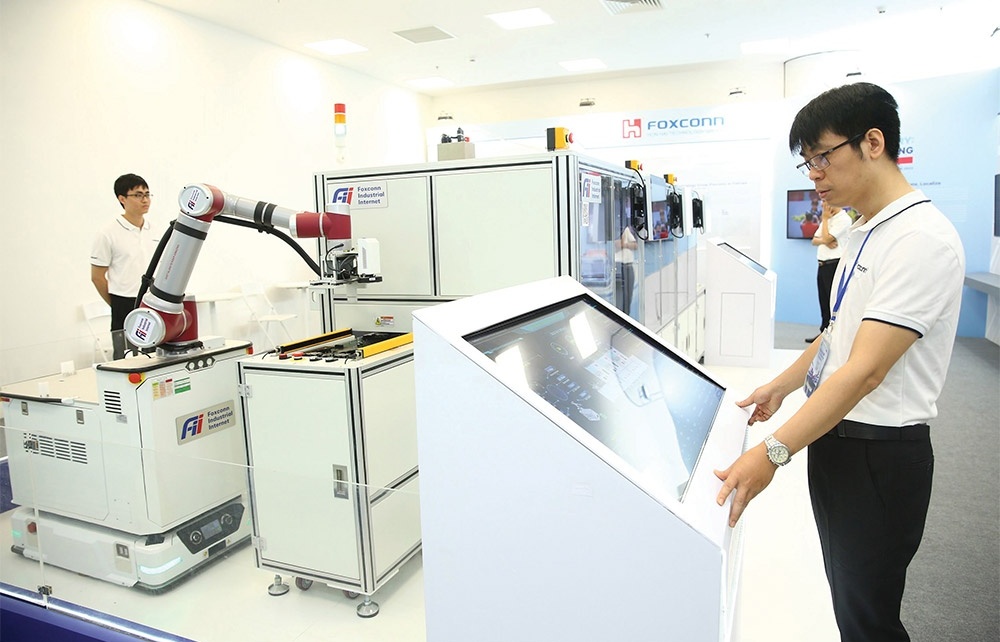
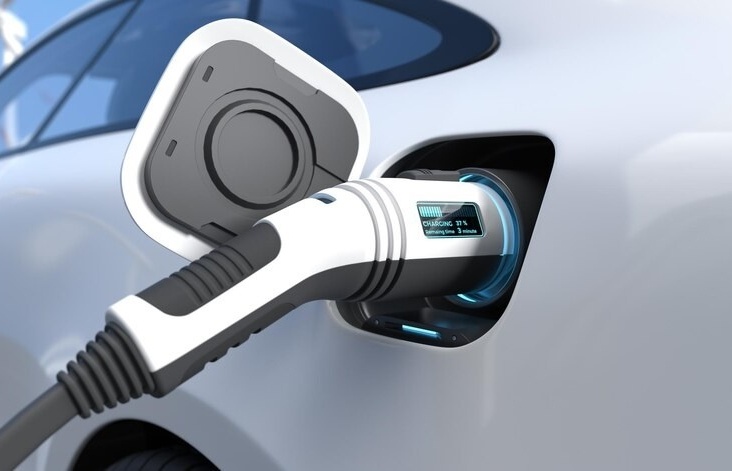


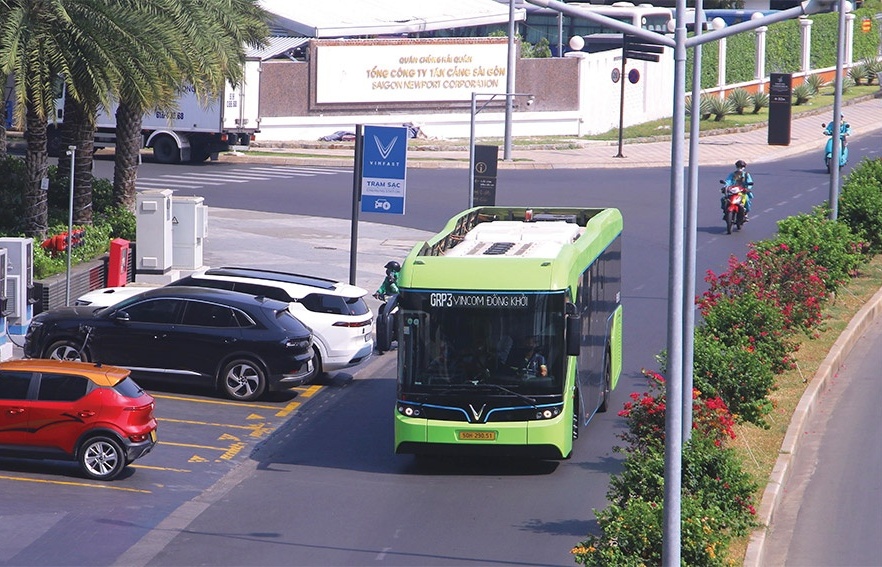
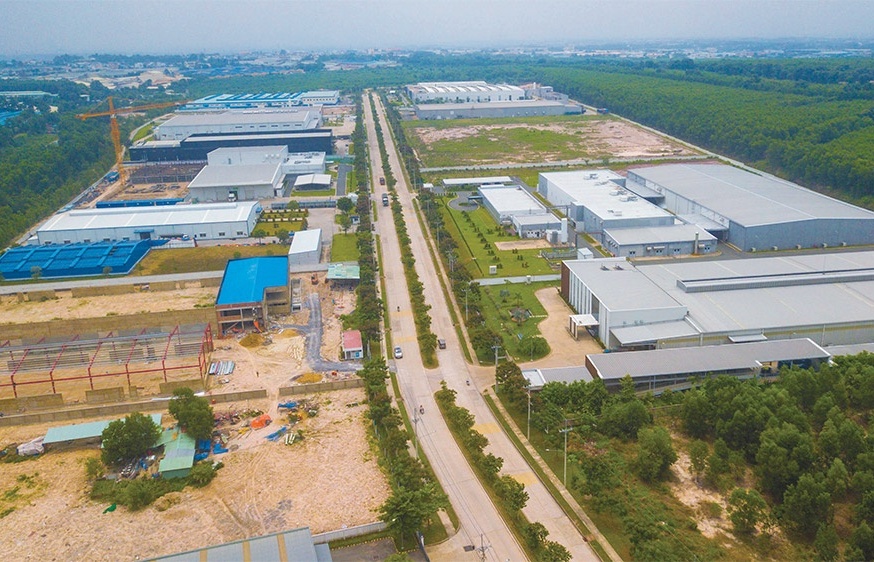





 Mobile Version
Mobile Version